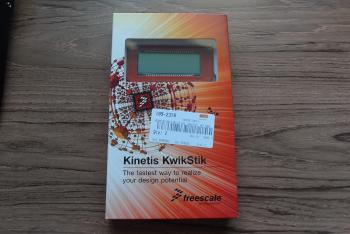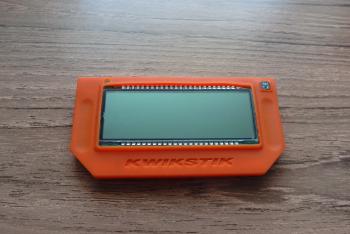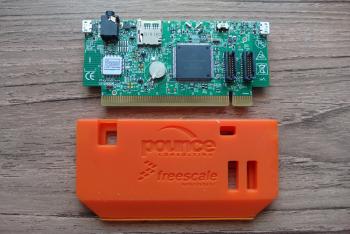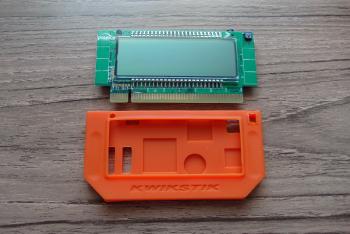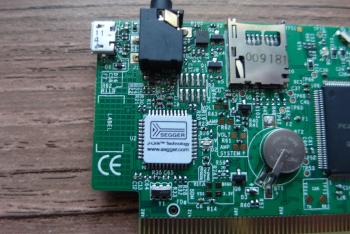Although I had some success with using the Segger firmware on a Freescale FRDM board to program a KE04 microcontroller on a header board recently, I was very aware that I was being naughty. The terms of use for the Segger firmware make it clear that it is only for programming and debugging genuine Freescale FRDM development boards, and should not be used for custom hardware. I don't like to break such terms, and the Segger folks deserve to be rewarded for the effort they put into making such useful tools. So I have ordered a real Segger™ J-Link™ and hope to have a lot of fun with it. In the meanwhile, though...
The Freescale page for the board states:
The on-board Segger™ J-Link™ debug interface allows the user to evaluate the features of the on-board K40 MCU or to develop, debug and program their own target hardware based on any Kinetis MCU.
This seems just what I want for now. And at around £30-35 from the usual suppliers it's about 10% the price of the Segger J-Link Base model!
The silicone skin is a bit tricky to peel off, but once it is removed you can see that you get quite a lot of stuff for your money, The main MCU is the 144-pin K40X256VLQ100 with a Cortex-M4 core running at 100MHz, 256K of Flash, 256K of RAM and loads of i/o including USB and 6 UARTs. I/O pins are brought out to an edge connector and some sockets specific to the Freescale TWR development framework and there's an array of interfaces along the top. Two micro USB, micro SD socket and infra-red. On the other side there's the large (if low-resolution) display panel, a tiny electret microphone capsule and a little buzzer.
I won't be able to test this out as a debugger until I get and fit the new connector. Sigh.
So I give this board a smile for features and price, so-so for the demo software and a scowl for the lack of a populated debug connector.
